You’ve got an aging cat who’s started going in places other than the litter box. Or maybe your feline friend is sick and leaking urine unexpectedly. Perhaps your cat is spraying everywhere because she’s in heat or anxious. Whatever the reason, diapers for cats have become increasingly popular to help pet parents manage kitty bathroom issues. In this article, I’ll walk you through reasons your cat might need to wear diapers, from medical causes like urinary tract infections to behavior issues like inappropriate elimination. You’ll learn that issues range from temporary to lifelong, and discover how to choose the right diaper style and size for your cat’s needs. I’ll also cover application tips to keep your cat comfortable in their temporary underwear. Read on to become a pro at picking out and putting diapers on cats.
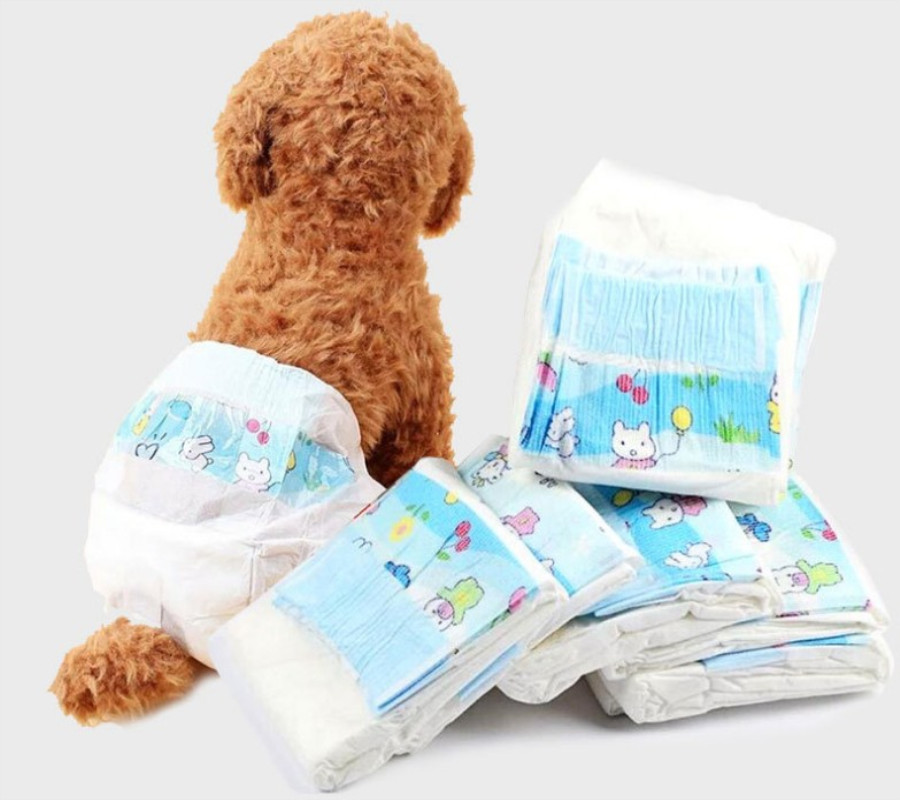
When Should You Use Cat Diapers?
There are several situations where cat diapers can come in handy for pet parents. If any of the following apply to your feline friend, diapers may provide a solution to help keep them comfortable and your home clean.
Senior or aging cats often experience health issues that lead to incontinence or difficulty controlling their bladder and bowels. Diapers allow senior kitties to maintain their dignity while preventing accidents around the home. For immobile or paralyzed cats, diapers can be a long-term solution when litter boxes are difficult to access.
Intact female cats go through heat cycles where they spray to attract mates. Diapers contain the mess during this time. For male cats that spray, diapers reduce territorial marking in the home.
Inappropriate elimination, where a cat avoids the litter box, can be addressed with diapers while you work to resolve any underlying issues. Your vet can help determine if it’s behavioral or medical.
Certain medications may increase thirst and urination in cats. Diapers provide temporary relief until the medication course is complete.
For medical issues like recurrent bladder infections (FLUTD) or bladder stones, diapers keep your cat comfortable until a vet can provide treatment. Catching infections early is important to avoid life-threatening blockages.
In multi-cat households, diapers may help identify which cat is having issues if accidents start happening outside the box. This can guide you on next steps to help your kitty.
Diapers are also useful for cats recovering from surgeries like spays or neuters. They provide an alternative to cones and allow for limited mobility during healing.
In the end, cat diapers aim to keep kitties content and prevent unwanted messes. By determining the underlying cause of your cat’s issues, diapers can be either a temporary solution or a long-term management tool so your feline companion maintains the highest quality of life possible.

Senior Cats and Incontinence
As cats age, incontinence and frequent urination become more common. Senior cats, especially those over 11 years old, often develop medical issues that impact their bladder control and mobility. If your senior cat is having accidents outside the litter box, don’t scold them – it’s not their fault. There are several reasons why senior cats may become incontinent, and the kindest thing you can do is take them to the vet for an exam.
Senior cats frequently suffer from feline cognitive dysfunction syndrome (FCD), similar to dementia in humans. This can cause your cat to forget where the litter box is located or have trouble navigating to get there in time. FCD affects over half of cats between 11 to 15 years old and 80% of cats over 16 years old. Providing multiple litter boxes in easy-to-reach spots, keeping food and water close by, and sticking to a routine can help an cat with FCD.
Certain medical conditions like diabetes, kidney disease or hyperthyroidism often cause senior cats to urinate more frequently and with less control. These diseases impact a cat’s hormonal balance and organ function, making it difficult for them to hold their urine for long. Medication may be needed to manage these chronic illnesses and improve your cat’s quality of life.
Arthritis and limited mobility are common in senior cats and make it painful or impossible for them to get in and out of a litter box. Look for a litter box with low sides, a ramp or stairs to make it easier for your cat to access. You can also try different types of litter to find one that is soft on their joints. In some cases, diapers or belly bands may be needed if litter box use remains difficult.
Any senior cat with changes in urination habits should be examined by a vet as soon as possible. Early diagnosis and treatment of medical conditions can help keep your cat comfortable and extend their life. With patience, love and the proper care, senior cats can live happily and accident-free for many years.
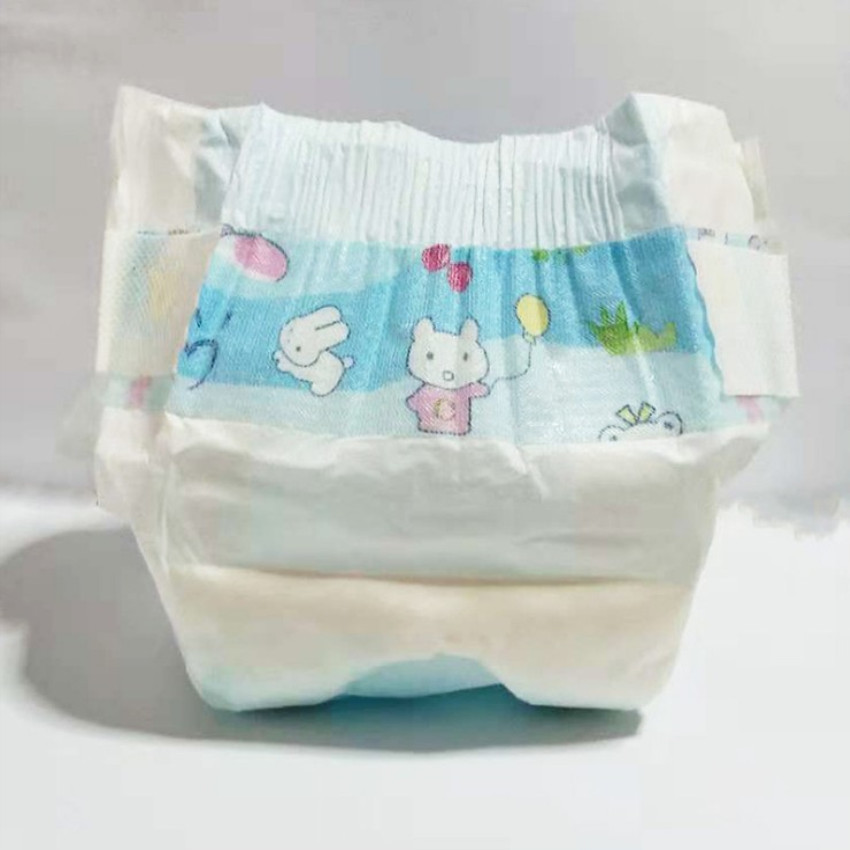
Immobile or Paralyzed Cats
If your cat suffers from mobility issues, diapers can help prevent accidents and allow them to maintain their dignity. As cats age, conditions like severe arthritis or injury can make it difficult for them to easily access a litter box. For paralyzed cats, diapers are essential to avoid soiling themselves and their environment.
Providing Extra Care
Immobile felines require extra care and attention. You’ll need to regularly check their diaper and change it as soon as it’s soiled to keep your cat clean and comfortable. Gently bathe your cat or wipe them down with cat wipes if needed. Be very careful when moving or handling an immobile cat to avoid causing them pain or injury.
You should also make sure food, water, litter boxes, scratching posts, hiding spots, and any other necessities are easily accessible. Place everything on the same level as your cat so they can get to items without struggling. Multiple litter boxes, food and water bowls in different locations may be helpful for some cats.
Choosing the Right Diaper
For immobile cats, disposable diapers that are easy to put on and remove are usually the most convenient option. Look for diapers specifically designed for felines that provide maximum coverage and absorbency. You want a diaper that will contain accidents but also keep your cat dry. Some diapers use resealable tabs for easy removal without having to lift your cat.
You’ll also want to consider your cat’s size and any medical equipment like casts or splints they may be wearing to get the right fit. It may take some trial and error to find a diaper your immobile cat will tolerate that also properly contains waste. In some cases, you can have diapers custom made to fit your cat’s unique needs.
Working With Your Vet
If your cat’s mobility has recently changed due to medical issues or injury, consult your vet. They can evaluate if any treatment options may help improve their condition or at least slow the progression. Your vet can also provide guidance on properly caring for an immobile cat and recommend products or services that may assist you.
With time and patience, diapers can become a normal part of life for an immobile cat and their owner. While it requires diligent care and monitoring, diapers allow paralyzed or severely arthritic felines to continue living comfortably at home surrounded by the people who love them.
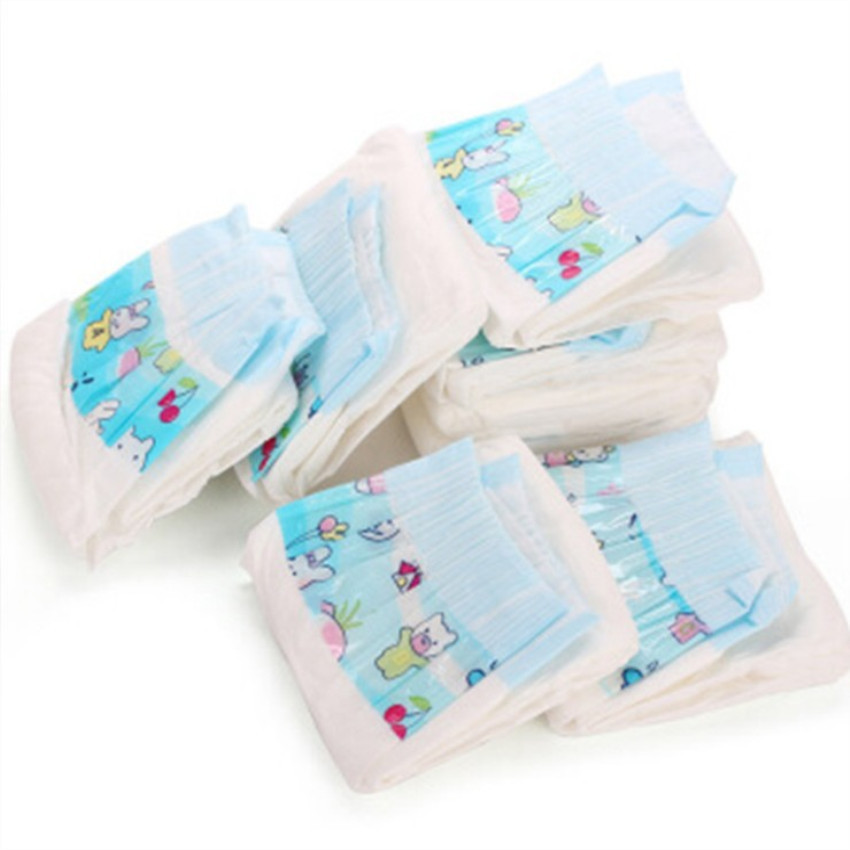
Female Cats in Heat
Female cats often reach sexual maturity around 6 months old. After this, if they remain unspayed, they will experience an estrous, or heat cycle, during the breeding season. This cycle lasts about six days on average. During this time, you might notice your cat doing things they wouldn’t normally do, like spraying urine to emit hormones that are meant to attract a mate.
Some cats will spray to emit hormones that are meant to attract a mate. Spraying describes a cat’s emission of urine on a vertical surface and is not always linked to your cat’s heat cycle. This behavior could be related to anxiety due to environmental factors. Introducing a new pet, family member, or even rearranging furniture in your home can heighten your cat’s stress level. Spaying your female cat is the only way to completely eliminate heat cycles and the undesirable behaviors that come with it, like yowling, rolling, and spraying.
If your cat is not spayed, the heat cycle will continue to repeat every few weeks. The frequency may increase during warmer months. Each heat cycle that goes by increases the risk of life-threatening medical issues like pyometra, a serious uterine infection. Mammary gland tumors are also more common in unspayed female cats.
For some pet parents, diapers can be useful in managing a cat in heat and preventing messes in the home. Disposable cat diapers, reusable diapers, dog diapers, and human infant diapers can all work, but you must find a good fit and properly secure the diaper to prevent your cat from removing it. You should also frequently check and change wet or soiled diapers to keep your cat comfortable.
While diapers can help in the short term, the only way to permanently resolve heat cycles and prevent medical issues is to have your cat spayed. Spaying, or ovariohysterectomy, is a surgical procedure in which a vet removes a female cat’s ovaries and uterus. It is a very common procedure and, if done at an early age, can help cats live longer, healthier lives.
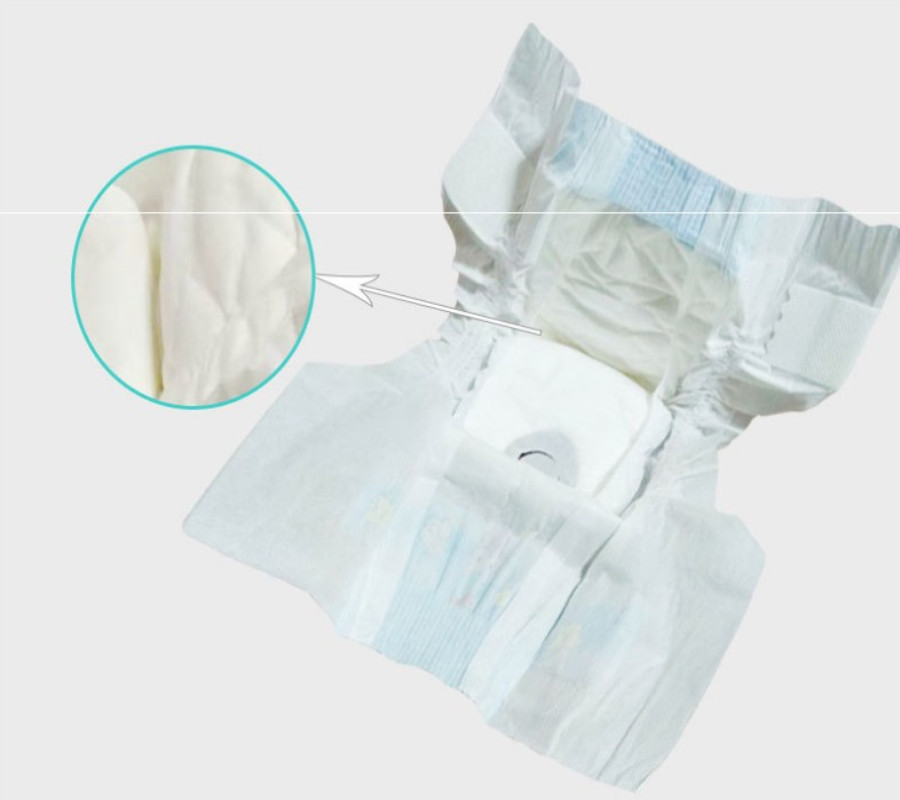
Kitties That Spray
Spraying, or marking their territory, is common in unneutered male cats and cats experiencing anxiety. If your cat is spraying, diapers can help contain the mess while you address the underlying cause.
As cats age, their risk of certain medical conditions increases. Senior cats, especially those over 10 years old, may experience cognitive decline or dementia which can lead to forgetting where the litter box is located or an increase in anxiety. Either of these can contribute to spraying behavior. If your older cat is spraying, a vet checkup is recommended to rule out any medical causes before treating it as a behavioral issue.
Territoriality and anxiety are two main reasons for spraying in cats. Unneutered male cats will spray to mark their territory and advertise their availability to females. Neutering a male cat can help reduce this behavior. For anxious cats, identifying and addressing the source of stress, such as a new pet or child in the home, can help. You should also make sure your cat’s litter box is in an area away from household activity and thoroughly cleaned regularly.
Sometimes spraying can become a habit even after the underlying cause has been resolved. In these cases, behavioral techniques like rewarding your cat when they use the litter box, confining them to one room with the litter box at first and then slowly giving them more access to the home, and using motion-activated air sprayers or double-sided tape on frequently sprayed areas may help break the habit.
Diapers provide a temporary solution by containing the mess from spraying, but you must determine and address the underlying cause for a long-term resolution. With patience and persistence, spraying can often be resolved through a combination of medical treatment, environmental changes, and behavior modification. The key is to never punish your cat, and work with your vet to keep your feline friend happy and the mess minimal.
Inappropriate Elimination
Some cats have trouble using the litter box for various reasons, so diapers can help. If your cat is eliminating outside the box, first rule out any medical causes with your vet. Then, try to determine the underlying reason for your cat’s behavior and make appropriate changes.
Anxiety or Stress
Major changes in your home like moving, visitors staying over, or new pets can make your cat feel insecure. Provide extra love and hiding spots for your cat until they adjust. You might also try Feliway diffusers, calming music, interactive toys, or anxiety medication as recommended by your vet.
Litter Box Issues
The litter box may be too small, hard to get into, not cleaned enough, or in an undesirable location. Place additional boxes in quiet, low-traffic areas away from food and water. Scoop solid waste daily and change the litter often. You can also try different litters to find one your cat prefers.
Medical Causes
Certain medications or conditions like diabetes, kidney disease or cognitive dysfunction can increase thirst and urination in cats. Talk to your vet about treatment options and whether diapers might provide temporary relief.
Behavioral
Some cats develop a preference for going in certain spots outside the box. Thoroughly clean any soiled areas with an enzymatic cleaner to remove odors that may attract your cat back to that spot. You can also try motion-activated devices, double-sided tape or aluminum foil in those areas to make them less appealing.
Lack of Litter Box Training
Kittens need positive reinforcement to learn to use the litter box. Gently place your cat in the box, especially after meals, play or when they first wake up. Give praise and treats when they use the box. Supervise them closely, especially at first. Never punish your cat for accidents.
With patience and the right solutions for your cat’s needs, inappropriate elimination can often be resolved. Diapers may provide temporary relief, but the underlying cause still needs to be addressed for the long term health, happiness and harmony of you and your feline family member.
Cats on Medication
Cats on certain medications like steroids may require diapers temporarily. Steroids, including corticosteroids, can cause increased thirst and frequent urination which leads to accidents. Your vet may recommend diapers while your cat finishes a round of medication.
If your cat is on medication for a medical issue, close monitoring is important. Some conditions like bladder infections (also called feline lower urinary tract disease or FLUTD) or bladder stones may require surgery to treat. Signs your cat may have FLUTD or bladder stones include urinating more often, going outside the litter box, straining to urinate, or blood in the urine. These can be life-threatening if left untreated, so consult your vet right away if you notice these symptoms.
Other reasons for medication
Cats are prescribed medication for various reasons. Some common ones include:
- Pain management for arthritis or injury
- Treatment of hyperthyroidism which can cause increased appetite, anxiety, and restlessness
- Management of diabetes which requires lifelong insulin therapy and diet changes
- Allergies that cause skin irritation or gastrointestinal issues
- Parasites like worms, fleas, or ticks
- Infections such as upper respiratory infections
If your cat requires medication long-term or short-term, be sure to give doses as prescribed and complete the full course of treatment. Some medications may cause side effects like increased thirst, restlessness or changes in appetite or litter box habits. Watch for these and report anything concerning to your vet. With close monitoring and the right treatment plan, many feline medical conditions can be well managed so your cat can live comfortably.
During treatment, lots of love, patience and rewards will help keep your cat as stress-free as possible. Giving medication, especially long term, can be difficult and upsetting for some cats. Work with your vet on strategies specific to your cat’s needs and temperament to make the process easier on both of you. The most important thing is helping your cat through treatment and on to better health.
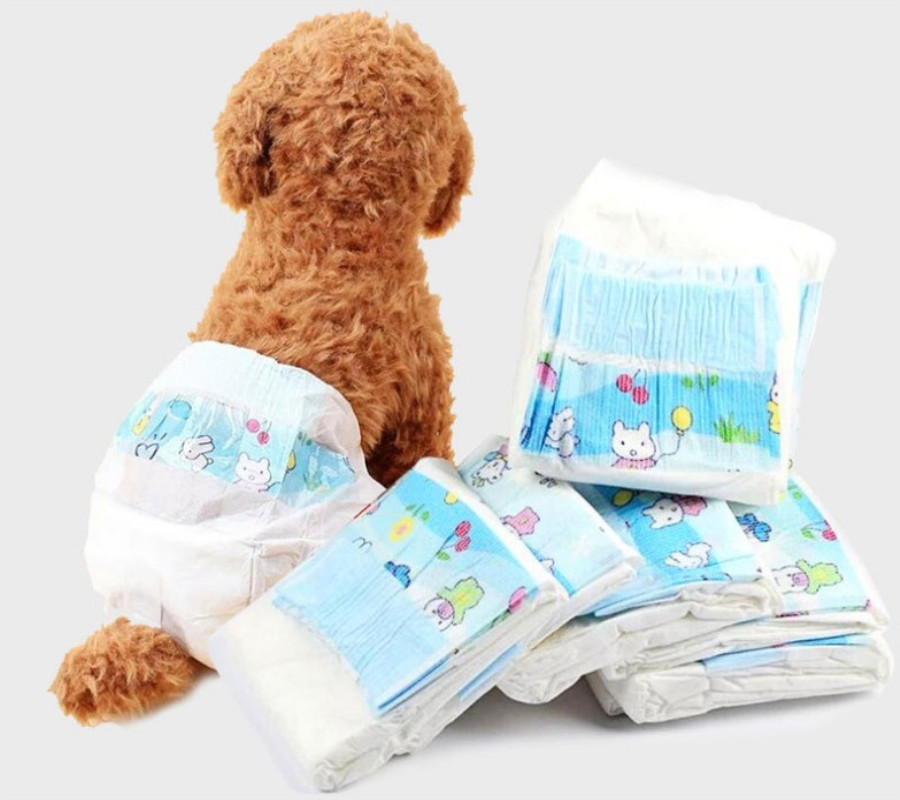
Medical Causes of Urinary Issues
As a pet parent, it’s important to monitor your cat for signs of urinary problems and get them checked out by a vet as soon as possible. Some issues can become life-threatening if left untreated.
Bladder Infections
Recurrent bladder infections, also known as feline lower urinary tract disease (FLUTD), often cause increased urination, accidents outside the litter box, and blood in the urine. In severe cases, bladder stones may form in the urinary tract, requiring surgery to remove. If your cat is going to the bathroom more often, having accidents, or you see blood in their urine, they could have FLUTD or bladder stones. See your vet right away.
Kidney Disease
Kidney disease leads to excessive thirst and urination in cats as the kidneys are unable to properly filter waste and absorb water. As the disease progresses, it can cause loss of appetite, weight loss, and ulcers in the mouth. Kidney disease is usually diagnosed with blood and urine tests. Treatment focuses on managing symptoms to slow down the progression.
Diabetes Mellitus
Diabetes causes increased thirst and urination in cats. Other signs include increased appetite, weight loss, and lethargy. Diabetes is diagnosed with blood and urine testing. Treatment involves insulin injections, diet change, and weight management. If left untreated, diabetes can lead to serious complications like kidney disease or ketoacidosis.
Hyperthyroidism
An overactive thyroid gland produces excess thyroid hormone, which stimulates the body’s metabolism. This can cause increased thirst, hunger, and urination. Other signs include weight loss, hyperactivity, and sometimes aggression. Blood testing can diagnose hyperthyroidism. Treatment options include medication, surgery, and radioactive iodine therapy.
Early diagnosis and treatment of urinary or endocrine issues can help keep your cat healthy and ensure many more happy years by your side.
Cat Diapers FAQs
So you’ve decided to put your cat in diapers—now what? Here are some common questions new pet parents have about cat diapers:
What type of diaper should I get?
There are several options for cat diapers:
- Disposable diapers are convenient but can get pricey if used long-term. They are available as male wraps, female wraps and unisex.
- Reusable diapers are more eco-friendly and budget-friendly but require frequent washing. You’ll want to get a few so you have a spare on hand. Look for adjustable velcro straps for a snug but comfortable fit.
- Belly bands are simple cloth bands that wrap around a male cat’s waist to absorb urine. They are easy to put on but may not contain feces well.
- Specialized diapers for medical use have extra padding and are well-suited for incontinent or paralyzed cats. Your vet can recommend prescription diapers if needed.
How do I put the diaper on?
Putting a diaper on a cat takes patience and practice. Here are some tips to help:
- Have someone help hold and calm your cat. Give them treats or toys to help distract them.
- Place the diaper under your cat with the absorbent side facing up. For male cats, make sure their genitals are positioned in the diaper opening.
- Secure the velcro or snap closures snugly but still comfortably around their waist and at the base of their tail. You want it tight enough that your cat cannot easily kick it off but not too tight.
- Offer praise, treats and rewards after to help your cat associate diaper time with positive experiences. This will make the process easier over time.
- Check and change wet diapers often, at least 2-3 times a day. Soiled diapers should be changed immediately.
- Give your cat time to get used to the diaper. Supervise them at first, especially if it’s a new experience. Most cats will walk a bit funny at first but adjust over time.
- See a vet right away if your cat is having trouble urinating or seems distressed. Diapers should not cause discomfort when properly fitted and used under guidance from a vet.
Does my cat need diapers all the time? In most cases, diapers are only needed temporarily—when a cat is in heat, on certain medications or recovering from an illness or surgery. For long-term incontinence, you’ll want to determine the underlying cause with your vet’s help and explore options to get your cat using the litter box again when possible. Diapers should only be used under guidance from a vet to ensure your cat’s health and safety.
Conclusion
So there you have it. Your kitty may wear diapers for a slew of reasons related to their age, mobility, hormones, stress level, or medical issues. The key is to be patient, observant, and willing to work with your vet to determine what’s causing your cat’s litter box problems. In cases of behavioral issues, take steps to re-establish the box as the go-to spot for business. For medical concerns, your vet will prescribe a treatment plan. And if your aging pet has accidents, consider diapers a practical option for keeping your home clean and your cat comfortable. Just remember, diapers are rarely the long-term solution. Getting to the root of the matter is. But in the interim, diapers can save your sanity and furniture!




